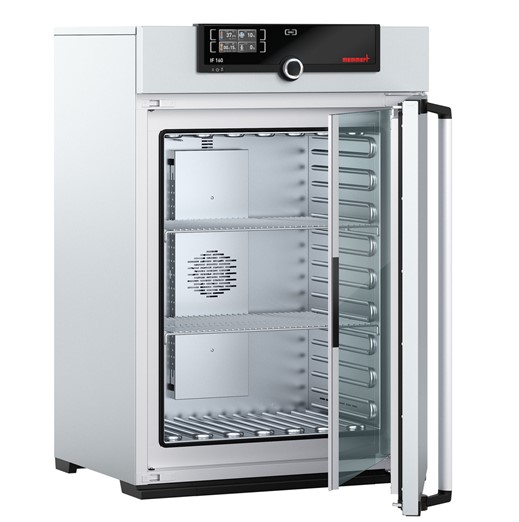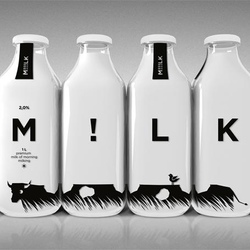How value stocks save investors when the market falls Overvaluation of growth stocks and US
Value stocks, which are securities of undervalued companies, are attracting more and more attention from investors, which cannot be said about growth stocks. Investing in the latter, primarily technology stocks, has become popular amid loose monetary policy, which the Fed followed after the 2008 financial crisis and during the pandemic. But now growth stocks are becoming an increasingly risky asset type.
By investing in growth stocks, market participants expect to increase the company's value by expanding its market share. Free funds in such corporations are directed to development, and, accordingly, the owners of shares do not receive dividends, but rely on the sale of securities in the future at higher prices. However, with the key rate rising, investment in growth stocks is costing investors more as discount rates rise. And market participants are becoming more interested in current cash flows than long-term business prospects, which are judged by indicators like market capacity or profit per unit of goods.
In addition, further investment in growth stocks has become dangerous due to the overvaluation of this segment of the stock market, provoked by low rates, stimulus payments for the population and the influx of retail investors during the pandemic. The Financial Times quotes Schroders' Nick Kirraj as saying that growth stocks are so overvalued that a reversal is inevitable: "Assets can't balloon indefinitely: after a while they will return to their averages." Analysts at quantitative finance investment firm AQR have calculated that the difference between growth and value stock prices is almost as high now as it was during the 2000 dot-com bubble , which ended in a landslide drop in the NASDAQ Composite index of high-tech companies and a wave of bankruptcies. The term "dotcom" comes from the commercial top-level domain .com. -). “This is the strongest imbalance,” says AQR founder Cliff Asness. “I think that means that growth stock price increases over the next three plus years will be significant.” At the same time, volatility in the technology sector is growing, which is pushing investors to rebalance their portfolios. So, on May 10, the NASDAQ Composite technology index fell by 2.55% at the end of trading, which was the strongest drop since March. — AQR founder Cliff Asness comments on the results. “I think that means that growth stock price increases over the next three plus years will be significant.” At the same time, volatility in the technology sector is growing, which is pushing investors to rebalance their portfolios. So, on May 10, the NASDAQ Composite technology index fell by 2.55% at the end of trading, which was the strongest drop since March. — AQR founder Cliff Asness comments on the results. “I think that means that growth stock price increases over the next three plus years will be significant.” At the same time, volatility in the technology sector is growing, which is pushing investors to rebalance their portfolios. So, on May 10, the NASDAQ Composite technology index fell by 2.55% at the end of trading, which was the strongest drop since March.



























































